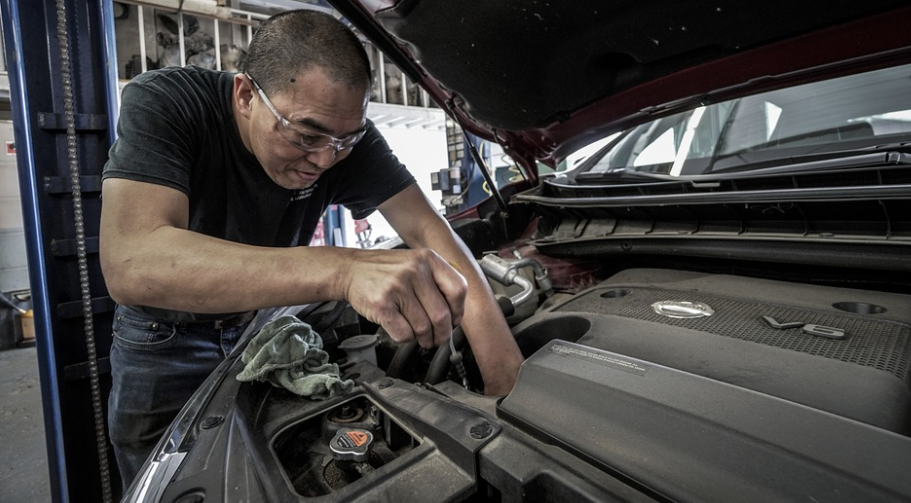Take off your shoes and pull off your socks. When you look at the bottom of your feet, do you see a pronounced and curved arch? Or do you see that the arch is straight and touches the ground? If the latter is correct, you have flat feet.
There is nothing wrong with having flat feet, but they can bring about physical difficulties that you might not be expecting. They can cause discomfort in your hips and lower back — your feet affect your posture much more than you’d expect. They can raise your chances of getting medical conditions like plantar fasciitis and Achilles tendonitis. They can even increase your risk of getting ingrown toenails.
If you know you have flat feet, you should read this article to understand how to deal with the physical trait properly and prevent painful consequences.
Flat Feet 101:
Most children have flat feet and develop arches as they get older. It’s not as common for adults to naturally have flat feet — although there are cases when the life-long characteristic is genetic. Adults tend to get fallen arches when they get older and the ligaments in their feet relax. It’s also a symptom of musculoskeletal injuries and medical conditions like rheumatoid arthritis.
What things make you more at risk of getting fallen arches?
- Diabetes
- Obesity
- Pregnancy
- Age
Why Do You Need to Treat Them?
The foot arch is designed for shock absorption. When the arch is appropriately curved, it can distribute your body weight and the shock of hitting the ground evenly through your foot. When you have a flat foot, it distributes the burden unevenly and forces other elements of the lower body to pick up the slack. It’s why fallen arches are often associated with painful or uncomfortable symptoms.
Treatment Options:
You can improve the symptoms of flat feet by strengthening the muscles in the foot. Practicing certain exercises will make sure that the arches are better at supporting your body weight and distributing shock during physical activity.
One popular exercise method is called the towel curl stretch. The towel curl stretch involves lying a towel flat on the floor and then trying to scrunch the fabric up with your toes while sitting on a chair. Hold for a few seconds and then repeat. Other exercises to add to your daily routine are calf raises, arch lifts, toe raises and plantar fascia stretches.
You should also get custom orthotic inserts and orthopedic shoes. These will offer better arch support than your current shoes, and they will prevent painful symptoms like hammer toes and calluses. If you’re not sure where to find the right footwear for your fallen arches, talk to a chiropodist at the nearest foot clinic.
Flat feet are completely manageable. By practicing a specialized exercise regimen and choosing comfortable footwear, you can keep all of the unpleasant side-effects at bay. That way, the only thing that’s different about your feet in comparison to everyone else’s is how they look — not how they feel.





